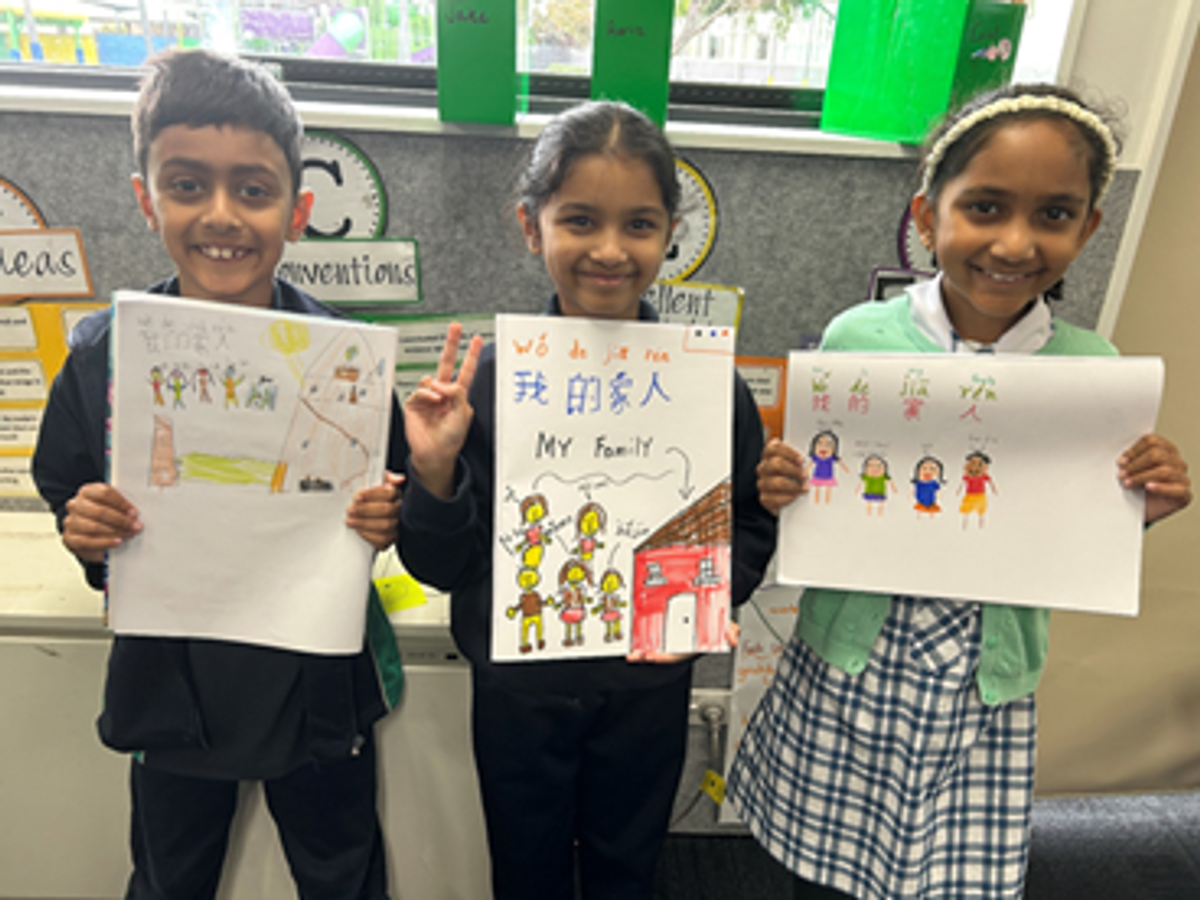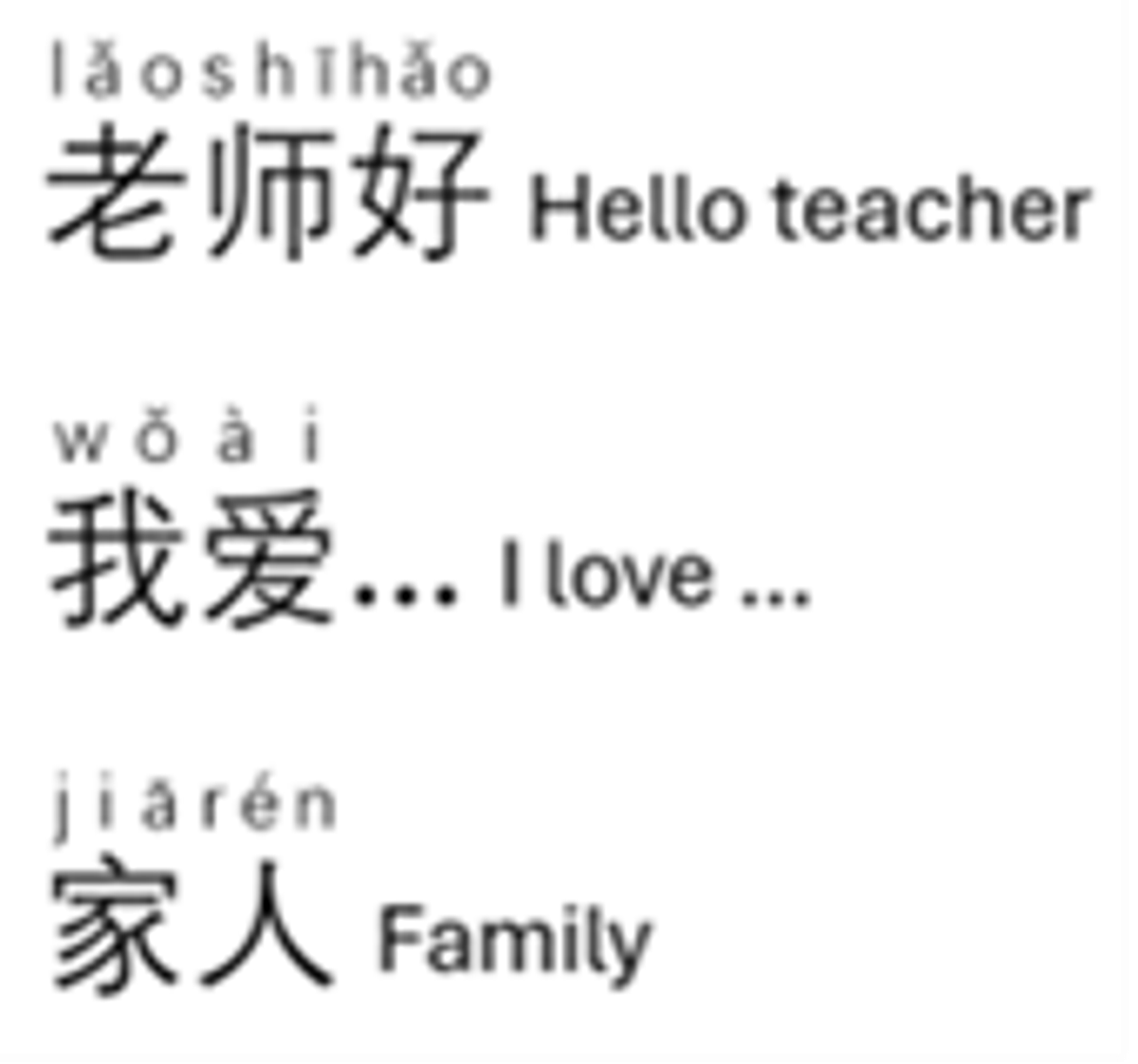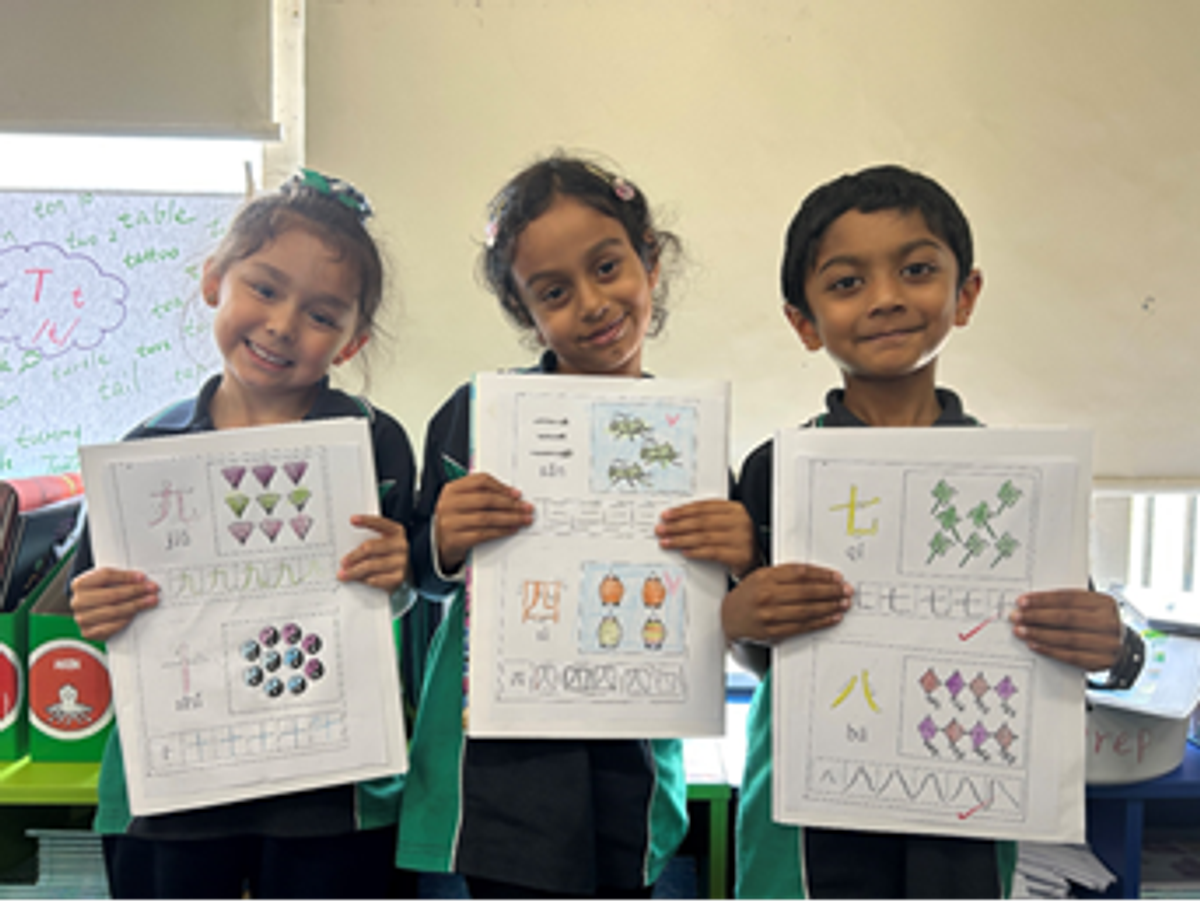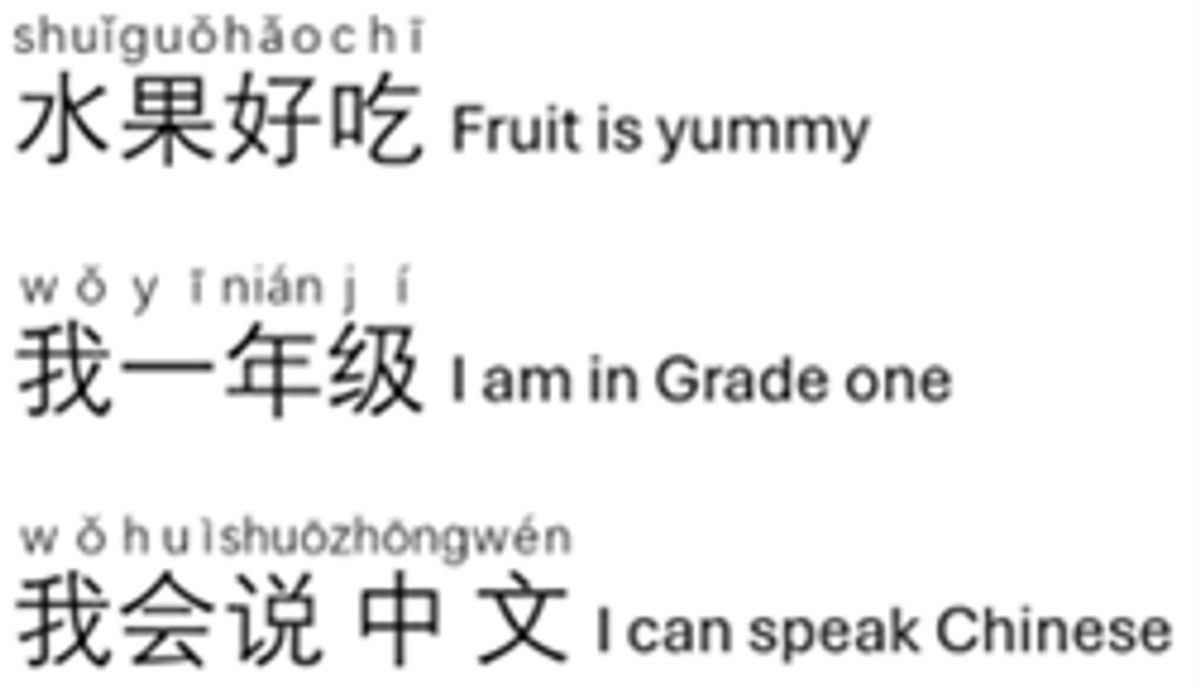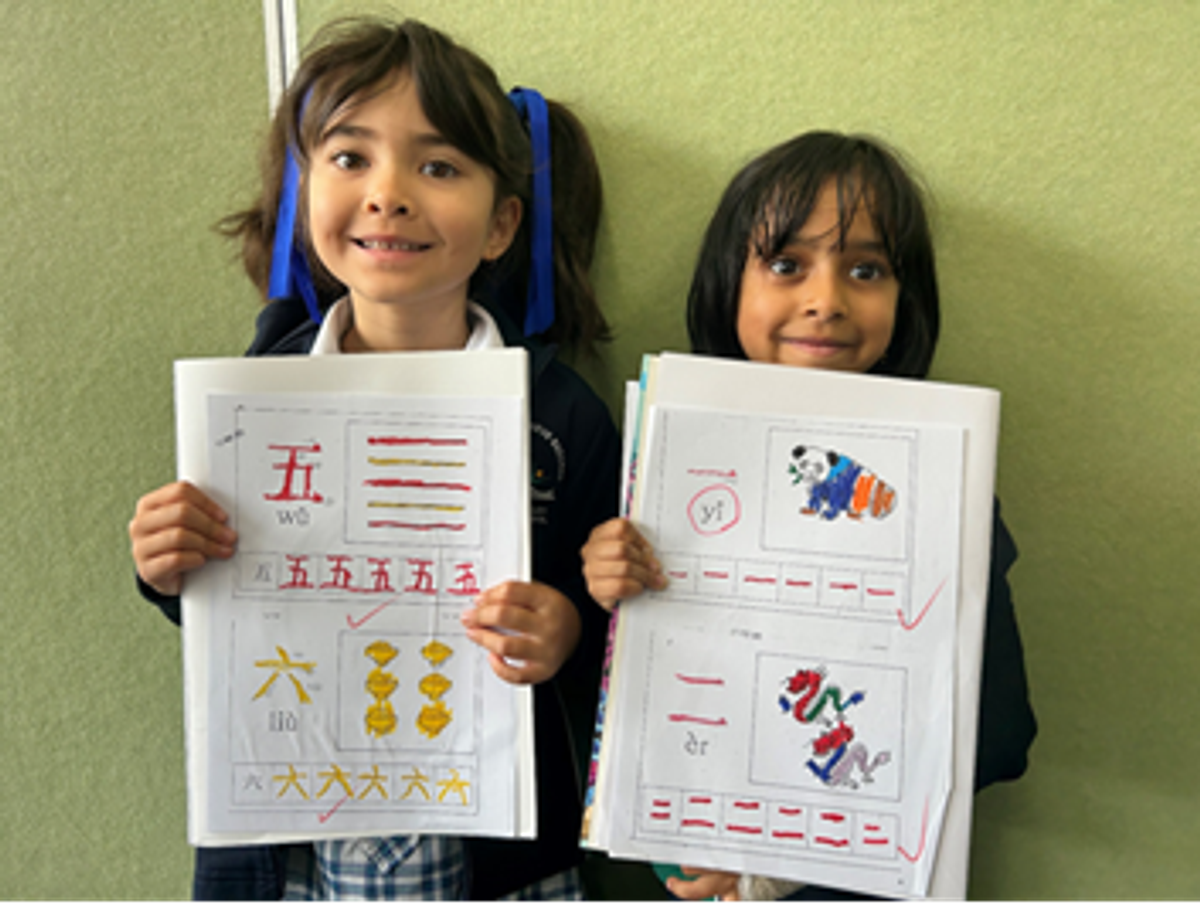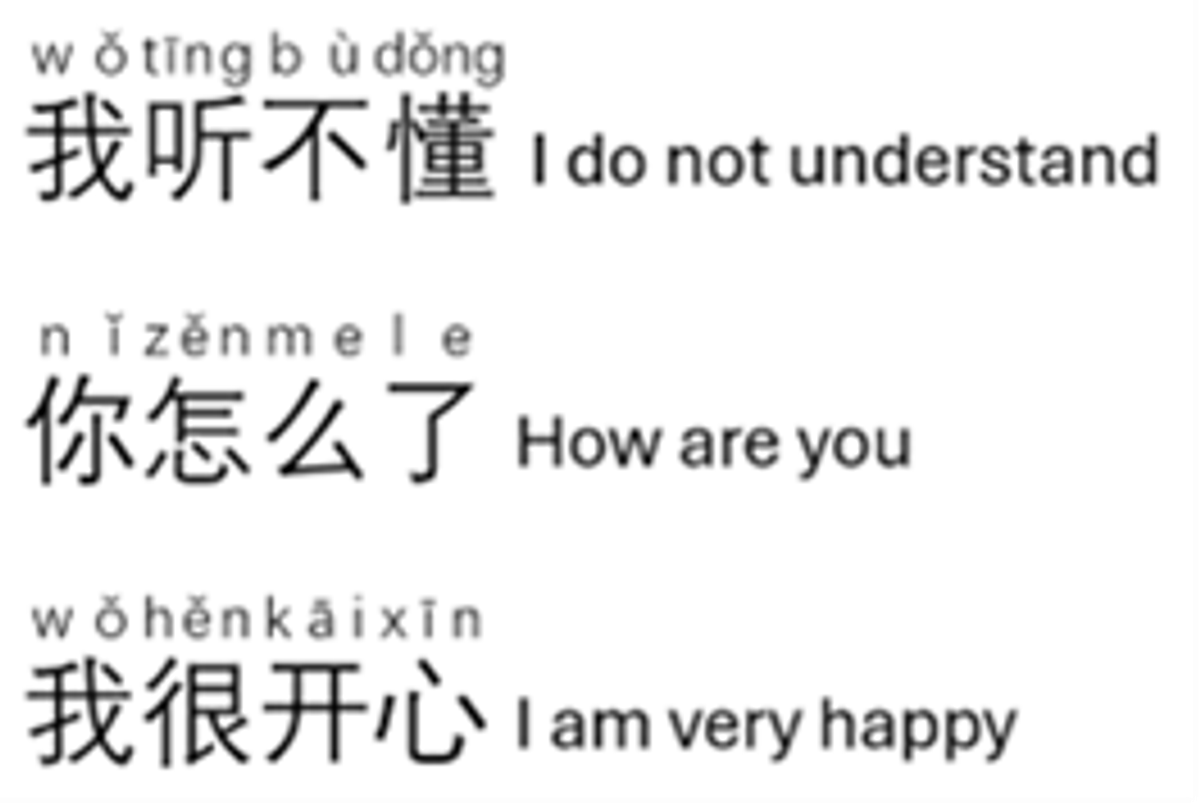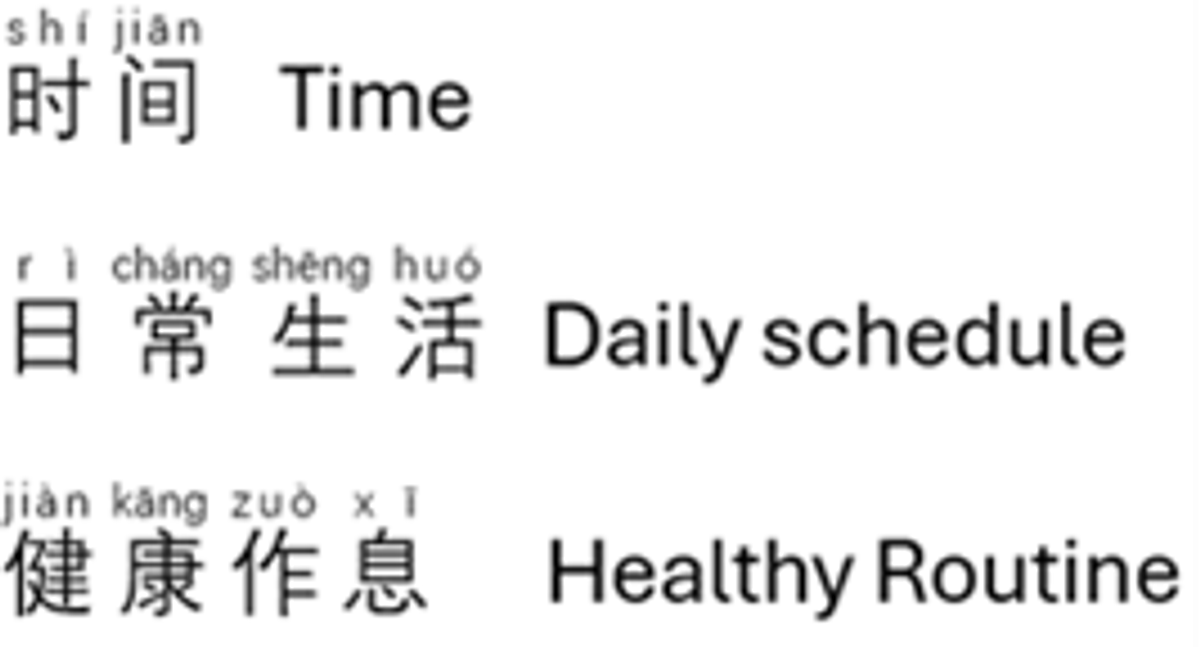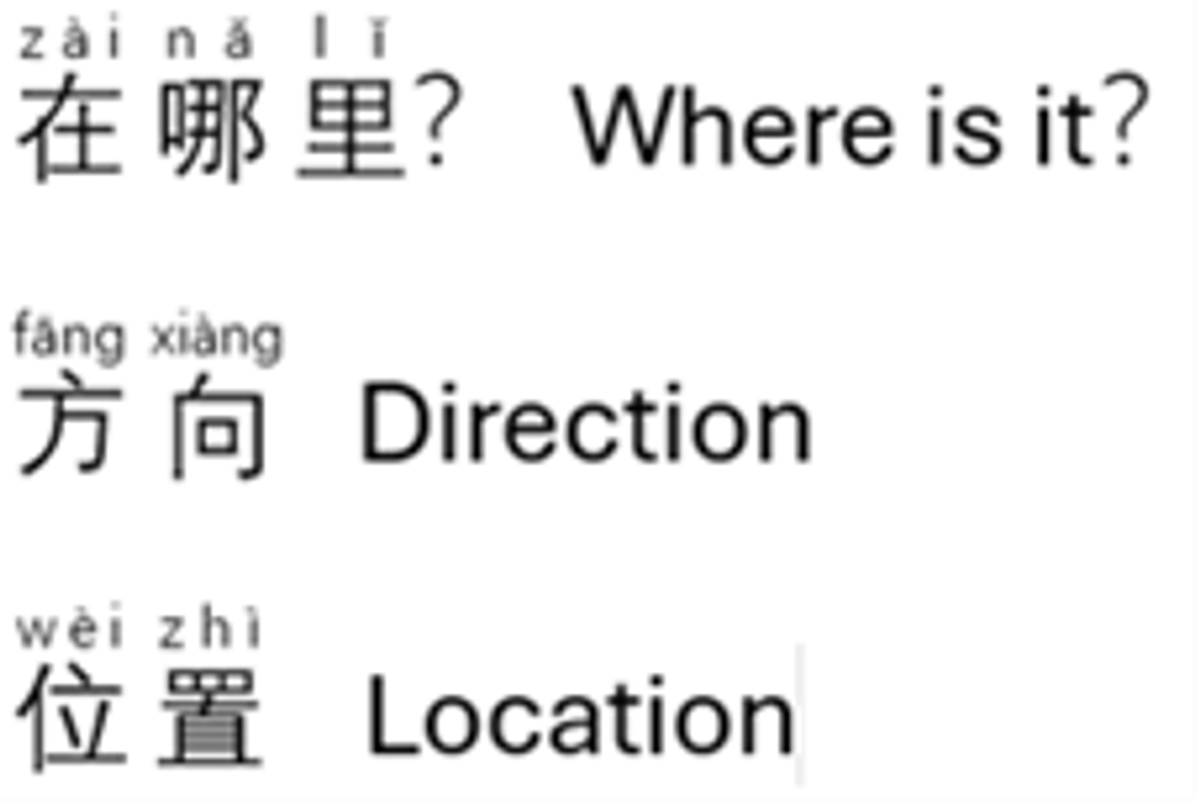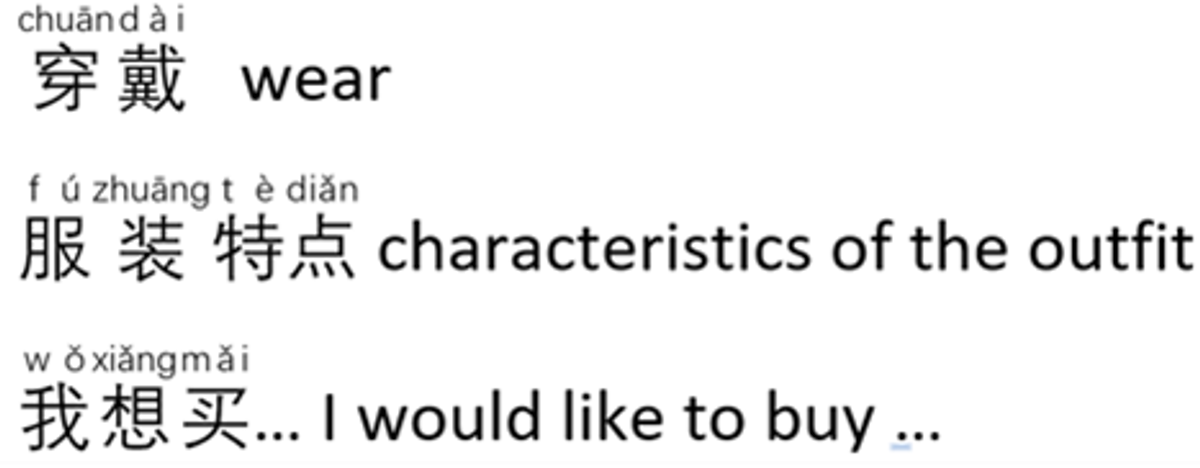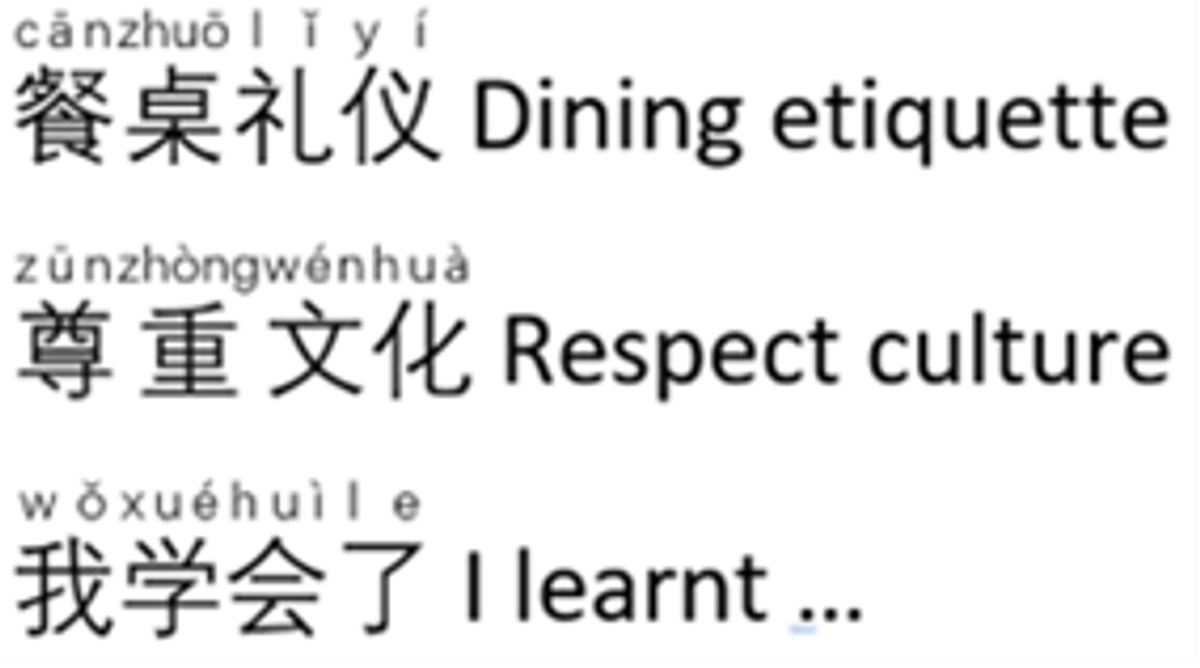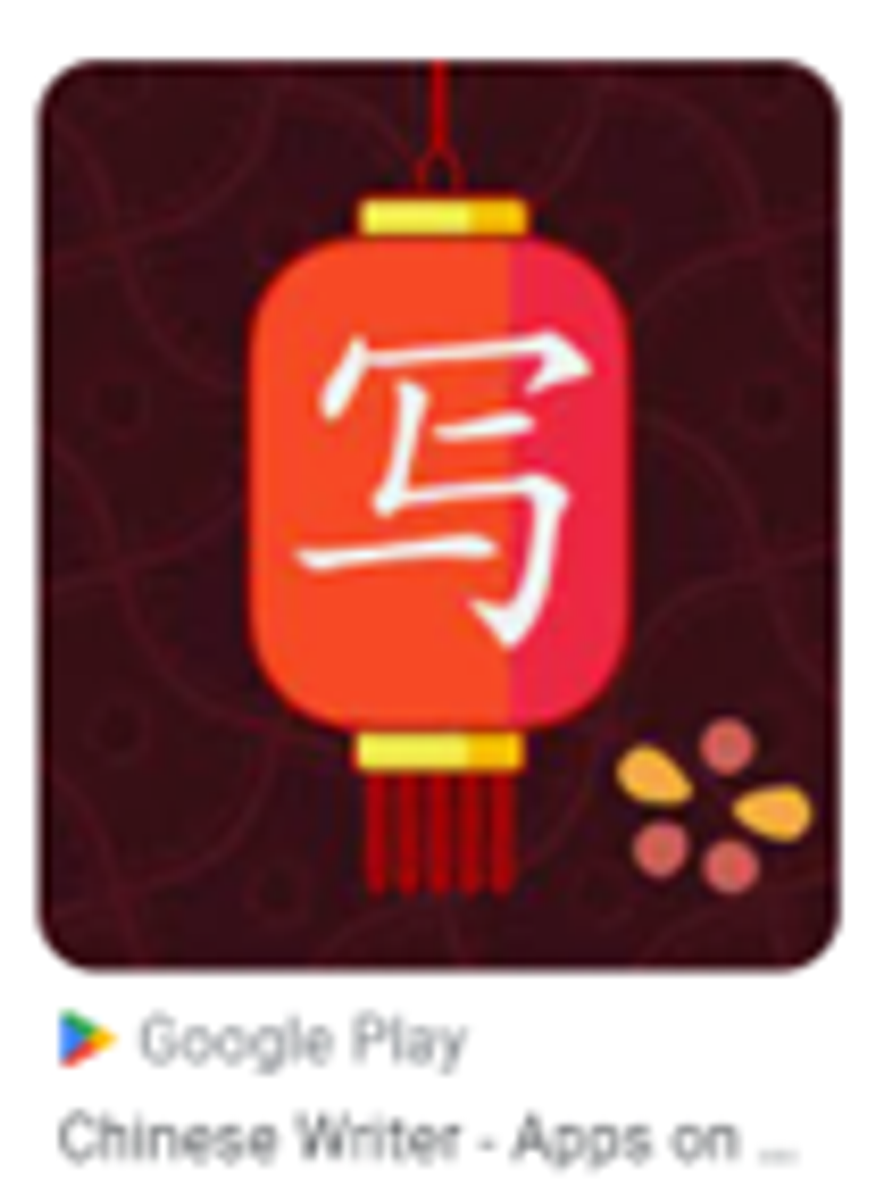LOTE

Welcome back to school! We hope all our wonderful families had a relaxing and enjoyable break. This term promises exciting learning opportunities in the language classroom. Students will continue developing their language skills by making meaningful connections between tasks. Additionally, they will explore the Dragon Boat Festival to better understand its cultural significance and traditions.
Prep
This term, our Prep students will be introduced to some cultural background knowledge and family values in Chinese, including home, dad, mum, brothers, sisters and pets. Students will keep exploring the ways to pronounce Pinyin through singing songs and playing various collaborative games. They are expected to develop an understanding of family relationships and demonstrate an ability to introduce their family members to others using the Chinese language.
Curriculum Links:
- Develop oral language skills through exploring and listening to the sounds, tones and intonation patterns of the language (VC2LC2E02)
- Explore connections between language and culture through play and/or imagination (VC2LC2E04)
Key Vocabulary:
Year 1
In Term Two, Year One students will explore the topic of fruit. They will use new descriptive words like big and small, yummy and not delicious in communication. Students will learn how to pronounce Mandarin sentence patterns through recognising Pinyin and build confidence in speaking Chinese in various contexts. By the end of the term, students will create a fruit booklet that contains their favourite fruits and use it to practise their speaking skills with peers.
Curriculum Links:
- Create spoken and written texts using words, familiar phrases and modelled language using some Hanzi with Pinyin as support (VC2LC2C05)
- Imitate the sounds, tones, pronunciation and intonation patterns of spoken Chinese, and understand how sounds are produced and represented in Hanzi and/or Pinyin (VC2LC2U01)
Key Vocabulary:
Year 2
Year Two students will start to explore the topic of feelings. They will begin to listen to the story ‘The colour monster’ in Chinese version, to discuss the colour related to different feelings. At the same time, they will improve speaking skills through a variety of forms such as songs, stories and interactive games. Students will create an emotion wheel to express their different feelings and share it with their peers by the end of the term.
Curriculum Links:
- Locate key information in a variety of texts with support, and respond using gestures, images, words and/or formulaic phrases (VC2LC2C03)
- Reflect on how language, culture and identity are interconnected and discuss how Chinese-speaking communities are similar to or different from others (VC2LC2U05)
Key Vocabulary:
Year 3
Year Three students will explore the language needed to describe their daily routines in Chinese. They will build their vocabulary on this topic and develop conversational sentence structures. Through role-plays and language-based games, students will actively practise their speaking skills. To showcase their learning, they will create a bilingual booklet demonstrating their understanding.
Curriculum Links:
- Initiate exchanges and respond to modelled questions about themselves, others and the classroom environment, using formulaic expressions. Initiate exchanges and respond to modelled questions about themselves, others and the classroom environment, using formulaic expressions. (VC2LC4C01)
- Create and present spoken and written texts using formulaic expressions, simple phrases and sentences, modelled textual conventions, and familiar Hanzi and Pinyin. (VC2LC4C05)
Key Vocabulary:
Year 4
Year Four students will focus on using directional language in Mandarin this term. They will explore the similarities and differences between Mandarin and English sentence structures. Additionally, students will practise creating conversations, including asking for and giving directions. To demonstrate their learning, they will have the opportunity to choose a project related to the topic, such as designing a map, making a short film, or collaborating on a role-play with their peers.
Curriculum Links:
- Locate and respond to key information related to familiar content obtained from spoken, written, viewed and multimodal texts. (VC2LC4C03)
- Create and present spoken and written texts using formulaic expressions, simple phrases and sentences, modelled textual conventions, and familiar Hanzi and Pinyin. (VC2LC4C05)
Key Vocabulary:
Year 5
This term, students in Year Five will extend their knowledge from Term One learning on Clothes and Footwear. They will develop the ability to use a variety of verbs, nouns and complex sentence structures in Chinese to describe and give information about shopping for clothes and footwear and explore the features of Chinese Yuan (Currency). Students will have an opportunity to create a role-play in a group to increase their fluency of speaking skills in Chinese. They will also continue to apply the Chinese keyboard to create digital texts with complex sentences in Chinese Pinyin and characters.
Curriculum Links:
- Participate in activities that involve discussion with others, using language that expresses information, preferences and ideas VC2LC6C02
- Apply strategies to interpret and convey meaning and/or intercultural understanding in Chinese in familiar non-verbal, spoken and written contexts VC2LC6C04
Key Vocabulary:
Year 6
This term, students in Year Six will extend their Term One learning about Chinese food. They will discover Chinese dining etiquette and learn how to order food in a restaurant. Up-to-date Chinese food online ordering apps and their main functions will be introduced. Students will also learn how to use adjectives and verbs to speak and write complex sentences, and how to order food in everyday life. They will inquire into key aspects of Chinese dining etiquette and compare different dining cultures around the world. At the end of the term, they will create a virtual presentation to showcase their learning.
Curriculum Links:
- Locate information and ideas in a range of spoken, written, viewed and multimodal texts, and respond in different ways to suit purpose VC2LC6C03
- Create and present spoken and written texts, using a variety of vocabulary, modelled sentences and conversations appropriate to text type, using familiar Hanzi with Pinyin as support VC2LC6C05
Key Vocabulary:
How can you support your child’s Language Education learning at home?
- Sing or exposure to Chinese Songs to gain interest in the language
- Practise writing Chinese characters via App “Writer”
- Borrow bilingual Chinese storybooks from the school library or local library

